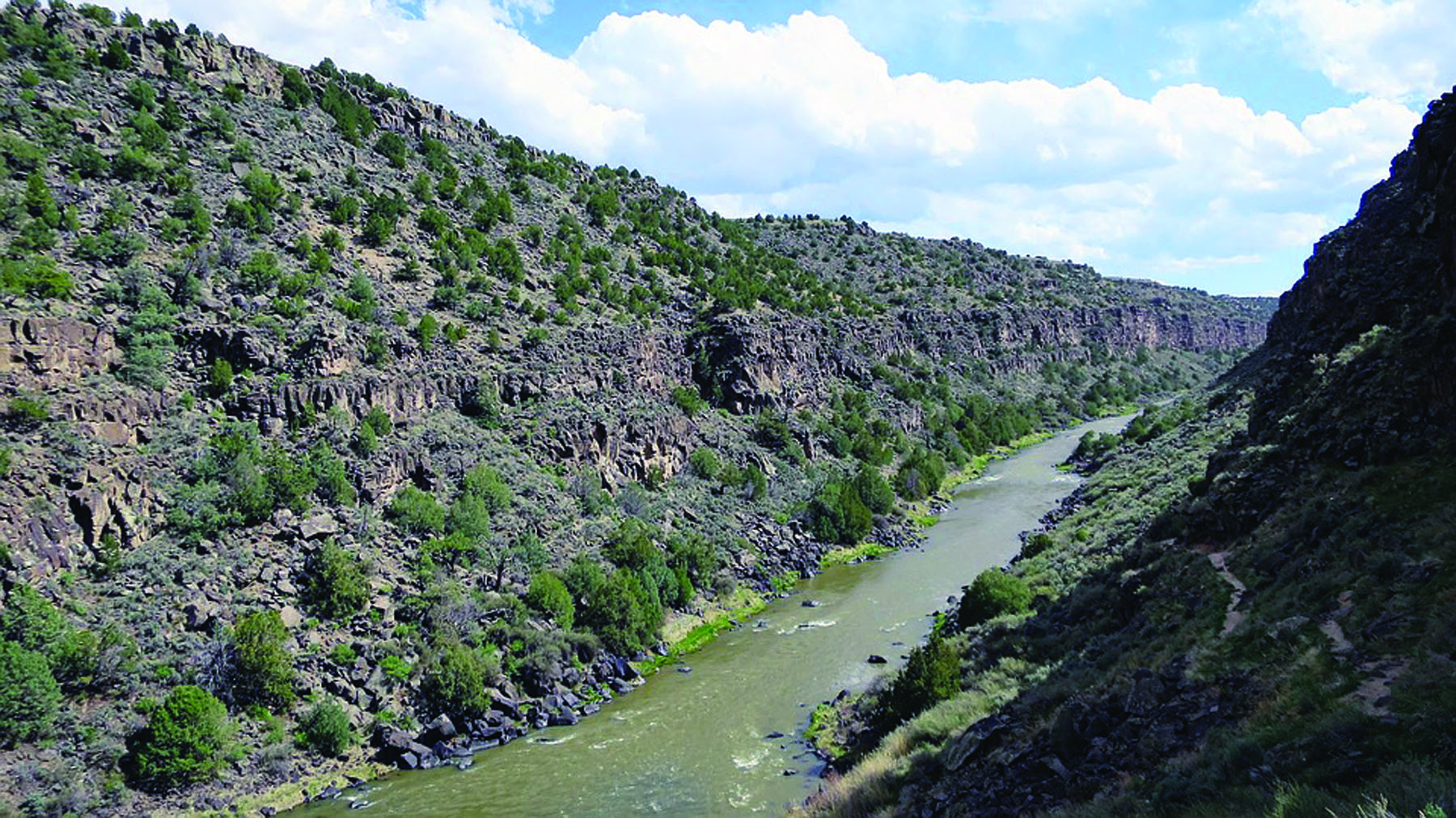Rio Grande del Norte monument reviewed

Expansion proposal may face denial
TAOS, New Mexico — An Executive Order signed by President Trump in April required a review of national parks and monuments that have been protected since 1996 by presidents using executive action under the Antiquities Act, and it has been completed.
Signed by republican President Teddy Roosevelt in 1906, the Antiquities Act was to safeguard and preserve federal lands and cultural and historical sites for all Americans to enjoy.
U.S. Interior Secretary Ryan Zinke released a two-page summary of the report on Thursday, Aug. 24, with a list of monuments involved. Trump ordered a review of 27 recently designated national monuments, including those more than 100,000 acres in size or which were not considered to have inadequate public input
The formal public comment period closed Monday, July 10, for the review of national monuments. More than 1.2 million comments were received on Regulations.gov and thousands more were received via traditional mail.
In Colorado, three national monuments were in the crosshairs: Browns Canyon near Salida, designated in 2015, Chimney Rock, near Pagosa Springs, designated in 2012, and Canyons of the Ancients, near Cortez, designated in 2000.
The Río Grande del Norte National Monument in northern New Mexico, designated in 2013, has also been under review.
This review could have resulted in parks and monuments being shrunk or completely losing their protections.
Residents in Conejos County have proposed and supported expansion of this monument to protect significant acreage north of the state line.
In a 2017 Conservation in the West poll conducted by Colorado College, 80 percent of western voters supported keeping protections for existing monuments in place while only 13 percent of western voters supported removing protections for existing monuments.
“The recommendations I sent to the president on national monuments will maintain federal ownership of all federal land and protect the land under federal environmental regulations and also provide a much needed change for the local communities who border and rely on these lands for hunting and fishing, economic development, traditional uses and recreation,” Zinke said.
“[Public] comments received were overwhelmingly in favor of maintaining existing monuments and demonstrated a well- orchestrated national campaign organized by multiple organizations,” the report summary read.
“Too often under previous administrations, decisions were made in the Washington, D.C., ‘bubble,’ far removed from the local residents who actually work the land and have to live with the consequences of D.C.’s actions. This monument review is the exact opposite,” said Zinke. “President Trump and I opened the formal public comment period – the first-ever for monuments designated under the Antiquities Act – in order to give local stakeholders a voice in the decision-making process.
"After hearing some feedback, I’d like to remind and reassure folks that even if a monument is modified, the land will remain under federal ownership. I am strictly opposed to the sale or transfer of our public lands and nothing in this review changes that policy.”
“These comments, in addition to the extensive on-the-ground tours of monuments and meetings with stakeholders, will help inform my recommendations on the monuments,” Zinke said.
“I appreciate everyone who took the time to log-on or write in and participate in our government.”
The report also recommended the creation of a national conservation area, as well as official co-management by the local tribal governments.
“Americans care deeply for their national parks, public lands and waters,” said Anna Vargas, project coordinator for Conejos Clean Water.
“Any review of national monuments must incorporate the American public. National monument designations are community-driven initiatives, informed by public meetings and robust stakeholder outreach.”



